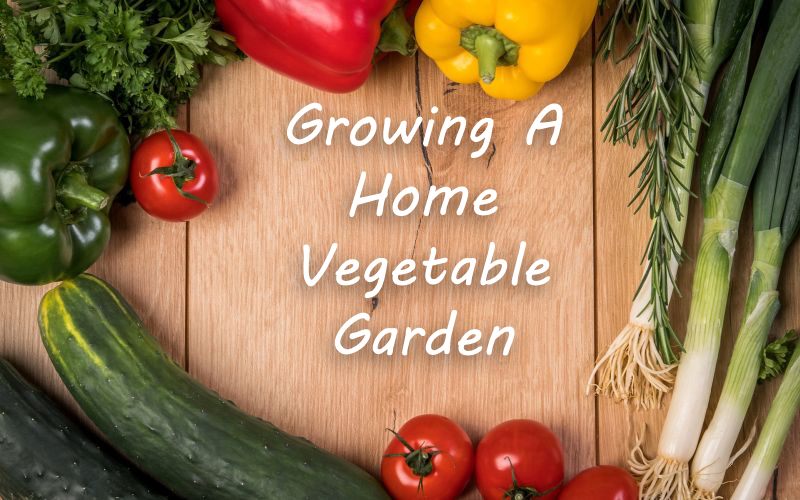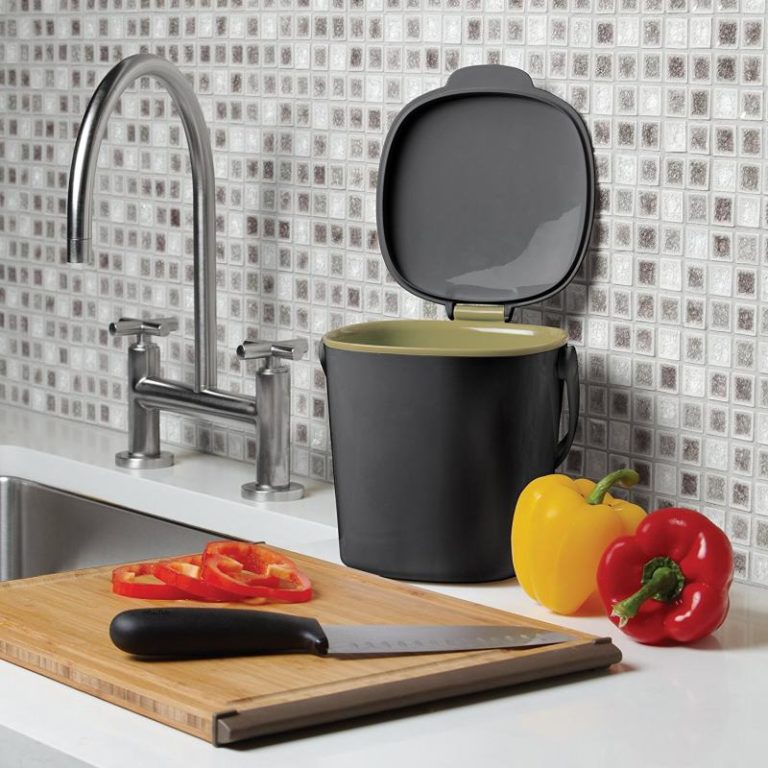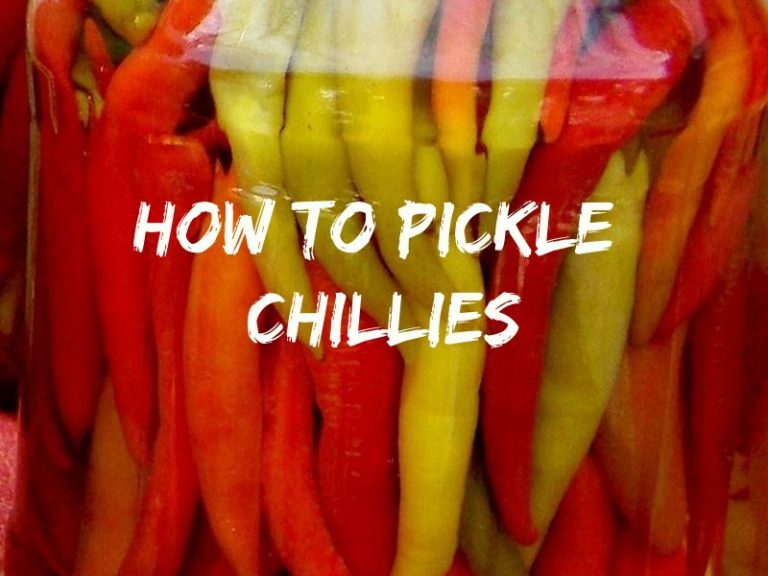Growing A Home Vegetable Garden
I get commissions for purchases made through links in this post. View our Affiliate Disclaimer.
Growing a home vegetable garden is not only a rewarding hobby, but enables you to be more self-sufficient and eat healthier. Many people do not even consider growing a home vegetable garden because they have a few misconceptions about the undertaking.
This post is the introduction to a mini series of posts on how to get your home vegetable garden started and flourishing.
Growing a home vegetable garden is not only easier than you think, but healthy for you too!
Misconceptions About Growing A Home Vegetable Garden
Growing a home vegetable garden is something many people believe is beyond their reach because they do not understand the simple requirements needed to grow their own produce.
Some of the reasons people give for not tackling this project are as follows.
- I don’t have the space
- There is not enough time in my day
- It’s too expensive
- I don’t have the knowledge
All these misconceptions about growing your own vegetable garden are easily overcome and shouldn’t hold you back from getting started. We are going to show you how to get your hands dirty and grow your own vegetables no matter where you live.
Let’s take a look at some of these misconceptions:
The Space Issue
You can grow enough vegetables in a 1 square metre garden to feed a family of four. Many vegetable types can even be grown on free standing pots. The Garden Tower Project is and interesting concept which allows you to grow 50 plants in a 4 square foot area. It also includes a method to use your kitchen waste as compost to feed the plants.
Whether you have an acre or two or just an apartment with a small patio, there’s something you can do to grow some of your own food.
The Time Issue
Growing a home vegetable garden can take as much or as little time as you want to spend on it. Most plants once planted, even if left to their own devices with erratic watering will produce something. But if you are going to try and grow your own food, why not dedicate a little time to it.
Getting the initial setup going is what will take the most amount of time, but you can get a small garden prepared and seeded in the space of 2 hours. Thereafter, taking care of the plants can take as little as 10 minutes, two or three times a week! So get out there at the end of a busy day and unwind by spending 10 minutes examining and tending your plants! They will reward you with a bountiful supply!
Cost Factor
The cost to get a vegetable garden started can be as little at the price of a couple of plant pots, some potting soil and a few bags of seeds. You would however, realistically want to invest in a few small hand tools. These may include a small spade, garden fork and a pair of pruning shears.
The cost of seeds are minimal, and if you choose to use heirloom seeds, the cost is usually less than hybrid or GMO varieties, which you should stay away form anyway!
Lack of Knowledge
We all had to start somewhere, and most of us started with little or no knowledge. Friends, neigbours and family can be a great resource for knowledge. The internet abounds with tutorials and tips that can get you started.
Why Growing A Home Vegetable Garden Is Important
There are many reasons to start growing a home vegetable garden! Here are a few to think about.
- When you grow your own, you know how the plants are taken care of. There are no chemicals or pesticides used.
- You can plant heirloom varieties rather than GMO (Genetically Modified Organism)to get healthier more nutritious food
- You become a little more self sufficient, not relying on supermarkets for all your food
- Growing your own food is very rewarding, and not as difficult as you may think.
7 Tips To Get Started
The important aspect of getting started, is to start off right! This helps ensure your success and will get you motivated to try new and bigger things the following season.
[wpsm_toplist]
Start Small
Keep it simple and start small. Don’t try to grow too many things. Rather start off with a few easy to grow crops. Some easy growing crops to start with are radishes, green beans, lettuce, peas, pumpkin, and garlic. Spinach, Swiss chard and tomatoes require a little more effort, but are still relatively easy starter crops.
Start Composting
This is a simple endeavor that can be started by saving your organic kitchen waste and putting it in a composting bin. Counter top composting bins for your kitchen are readily available online.
[content-egg module=Amazon template=custom/simple_list next=2]
Use Mulch
If you are planting in a bed, using mulch will help you control weeds and retain moisture in the soil. Try to use organic mulch mediums rather than artificial ones.
Take Notes
Start a gardening journal to keep track of dates, germination times, date of the last spring frost, and any pests that appear. Also make notes of your successes and failures and what you could do differently next time.
[content-egg module=Amazon template=custom/simple_list next=2]
Grow What You Eat
If you eat a lot of lettuce, start by trying to grow your own lettuce. Don’t start by growing exotic vegetables that are not part of your daily consumption.
Planning
Take a little time to plan. Most veggies need sunny areas to grow, so plan out your beds where they will get maximum light. Also plan which crops you want to grow at which times of the year. Take a look at our 5 Step guide on planning your home vegetable garden.
Learn About Companion Planting
If done correctly with plants that help each other, you can grow multiple varieties in the same bed, maximizing the use of your available space. This is called companion planting. Some plants thrive when planted together, while others can inhibit their mutual growth.
Like a lot of other projects, vegetable gardening seems a daunting prospect until you actually do it. Then you realise it is not as difficult as you expected. It may even become a pleasurable pastime that can allow you to de-stress and relax. And you get the added benefit of eating your healthy produce!
Keep a look out for more posts for getting your home vegetable garden started. Subscribe below to our mailing list to ensure you don’t miss a post!
Get more posts like this
Subscribe to our mailing list and get interesting homesteading and green living info and updates to your email inbox.
Thank you for subscribing.
Something went wrong.








